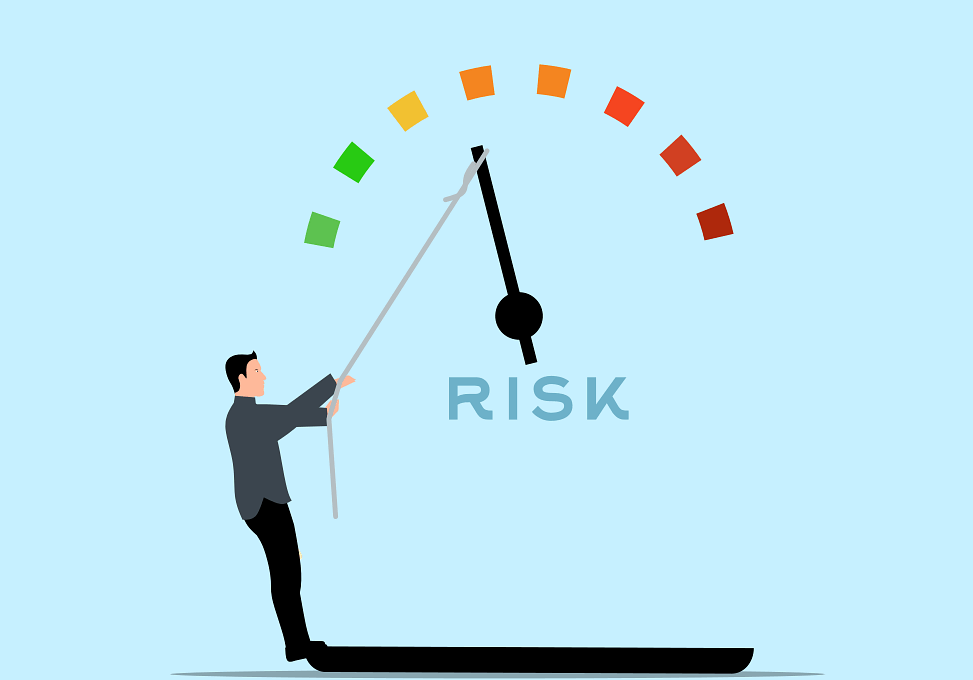Integrating Strategic Risk Management into Corporate Strategy
In today’s dynamic business environment, organizations must embrace strategic risk management (SRM) as an integral part of their corporate strategy. This approach helps to identify, assess, and manage risks that could potentially limit achieving strategic objectives. By adopting SRM, companies can enhance decision-making processes and allocate resources more effectively. A structured assessment framework ensures that potential strategic threats are identified early, allowing organizations to make informed decisions under uncertainty. This proactive stance can differentiate high-performing organizations from their competitors. Moreover, aligning SRM with corporate goals fosters a risk-aware culture throughout the organization. Instead of treating risk as a standalone function, integrating it into everyday operations leads to cross-departmental collaboration. Stakeholders become engaged and informed, enhancing accountability across all levels. Furthermore, a unified approach to SRM facilitates better communication regarding risks associated with strategic initiatives, ensuring alignment between various departments. As risks evolve, organizations that successfully integrate SRM into their strategy will be better equipped to navigate challenges, seize opportunities, and realize sustained growth.
One of the first steps in integrating strategic risk management into corporate strategy involves establishing a robust framework that outlines key elements of risk governance. A successful risk governance framework includes defining roles and responsibilities for risk management, involving senior management, and establishing a risk committee. The risk committee should be tasked with monitoring risks and evaluating risk mitigation efforts. Additionally, establishing clear guidelines for risk appetite is crucial. A well-defined risk appetite aligns the entire organization towards acceptable levels of risk-taking. Each department should understand its tolerance for risk and be equipped with the knowledge to evaluate whether potential initiatives align with corporate objectives. Risk assessments should involve thorough analyses of internal and external factors. Organizations can utilize tools such as SWOT analyses and scenario planning to anticipate strategic risks. These tools help prioritize risks based on their potential impact and likelihood of occurrence. Furthermore, integrating SRM into strategic planning ensures that risk considerations inform decisions made at the highest levels of the organization. Engaging chapters in risk discussions empowers teams to proactively address challenges, driving better outcomes.
Enhancing Decision-Making
Another essential aspect of integrating strategic risk management involves enhancing decision-making processes within organizations. When risks are factored into decision-making, organizations can take a more calculated approach towards pursuing opportunities. This is particularly vital in environments characterized by rapid change and uncertainty. For instance, prior to launching a new product, companies should assess associated market risks, production risks, and customer acceptance. Integrating market research findings with SRM can lead to more informed choices and better alignment with customer needs. Additionally, organizations should foster a culture of transparency where employees feel empowered to discuss risks openly. Information sharing across departments can illuminate potential blind spots and encourage collaborative risk evaluation. By assessing risks in tandem with strategic opportunities, teams can ensure comprehensive discussions and drive alignment. Another important dimension is data-driven decision-making. Leveraging analytics to assess risks enhances objectivity in decision-making. Companies that harness data effectively while managing risks can establish a competitive edge. This competitive edge often translates to faster response times, improved innovation, and enhanced stakeholder confidence. A culture of risk-informed decision-making lays the foundation for resilience and sustained success.
Integrating strategic risk management also requires an organization to develop an adaptable performance measurement system. Traditional performance metrics often fall short in evaluating long-term strategic success while managing risks. Therefore, companies should incorporate leading indicators that reflect both strategic performance and risk factors. Leading indicators might include market trends, customer satisfaction scores, and employee engagement levels. Regularly monitoring these metrics helps organizations stay ahead of potential threats while ensuring alignment with corporate goals. Additionally, scenario planning is a valuable tool for assessing how various risks might impact performance. This analysis allows organizations to navigate potential challenges and adjust their strategies proactively. Companies that prioritize adaptability in their corporate strategy create pathways for innovation while effectively managing risks. Another aspect of the performance measurement system is evaluating the effectiveness of risk management initiatives. Regular reviews help identify areas of improvement and ensure that systems and processes remain aligned with the organization’s risk appetite and strategic objectives. By placing emphasis on the adaptability and robustness of their performance measurement frameworks, organizations can achieve a balance between strategic ambition and sound risk management.
Building a Risk-Resilient Organization
A critical element of successfully integrating strategic risk management into corporate strategy is fostering a risk-resilient organizational culture. Leadership plays a vital role in establishing a risk-conscious environment, where team members feel encouraged to identify, discuss, and confront potential strategic risks. Training programs focused on risk awareness and management skills equip employees to identify risks before they escalate. Such training reinforces the idea that risk management is not solely the responsibility of a designated team but rather a shared responsibility among all employees. Successful companies frequently organize workshops and seminars to enhance understanding of risks associated with their respective industries. Moreover, promoting open communication channels can facilitate greater diligence in risk reporting. By normalizing discussions around risks, organizations create a favorable environment for learning and innovation. In addition to this commitment to education, organizations should be willing to celebrate risk-taking initiatives. Recognizing efforts to innovate and experiment encourages a sense of ownership among employees. As a result, fostering a risk-resilient culture empowers organizations to embrace change, maintain competitiveness, and create new opportunities.
Evaluating the long-term impact of strategic risk management integration requires continuous reflection and improvement. Organizations should implement feedback loops whereby powerful lessons learned from past experiences inform future practices. Conducting regular risk reviews ensures that lessons gleaned from previous successes or failures are effectively incorporated into the SRM framework. Additionally, risk assessments should be dynamic, enabling adjustments as the business landscape evolves. Companies should remain vigilant in monitoring both internal and external environments for changes that may introduce new risks. Furthermore, organizations can utilize advanced technologies and analytical tools to enhance their risk evaluation process. Techniques such as predictive analytics can aid in anticipating future risks, allowing organizations to pivot their strategies accordingly. Establishing benchmarks for risk management performance and regularly measuring progress against them ensures that strategic objectives remain achievable even in an uncertain environment. Ultimately, continuous improvement imbues resilience into the corporate strategy. Companies willing to learn from their experiences can remain agile and responsive, resulting in improved capacity to navigate complex challenges and seize opportunities.
Conclusion
In conclusion, integrating strategic risk management into corporate strategy is essential for organizations seeking sustained success in today’s complex business terrain. By building a cohesive risk governance framework, enhancing decision-making processes, and cultivating a risk-conscious culture, companies set themselves apart. Furthermore, the adaptability of performance measurement systems enables organizations to navigate the ever-changing landscape effectively. In the context of constant change, maintaining a proactive stance toward risk fosters resilience and supports continuous improvement. Successful organizations prioritize risk management, not merely as a compliance measure but as a strategic advantage that fuels innovation. By regularly evaluating and adapting risk management practices, companies ensure ongoing alignment with their corporate objectives. Strategic risk management thus becomes a central pillar of corporate strategy. In doing so, organizations reinforce their ability to respond to challenges, align their resources, and capitalize on future opportunities. Therefore, companies that embrace and integrate strategic risk management will not only enhance their competitive advantage but also position themselves for sustainable growth and resilience in an unpredictable environment.


